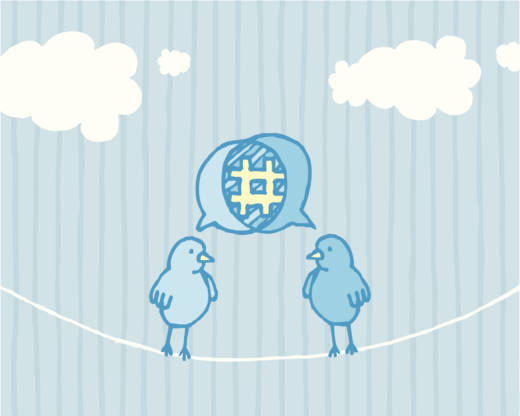For answers, we turned to various educators, who shared tips on building camaraderie and tapping into existing math communities. These tips and strategies include both online and offline approaches, many of which can be applied to any subject, not just math.
Find mentors and collaborators in your own school
"Does your school allow for teachers to build communities ad hoc?" That’s the first question you should ask yourself, said José Luis Vilson, a math teacher and author of This Is Not A Test: A New Narrative on Race, Class, and Education. "Generally, high performing countries spend way more time planning that they do actually working in the classrooms,” he said.
When Vilson was just starting out as a classroom teacher, he turned to his peers to build upon his own skills and create camaraderie. "I leaned heavily on visiting all of my colleagues two to three times a week,” he said. He would spend time observing and then ask follow-up questions in free periods: “'How did you do that?' 'What did you do?' 'Can I take notes on that?' I started becoming a conglomerate of all the teachers I've seen," he said.
Ultimately, educators don’t all have to teach the same way but those classroom experiences can help you innovate and tailor your curriculum in a way that makes sense for you and your students.
“Obviously you hear what to do and what not to do—but mainly it’s about what actually fits into your teacher persona,” he said. “We don't all have to do the same thing. We are going to teach in a way that is responsive to the students but also what's responsive to what we envision as a teacher.”
Curate a Twitter feed filled with diverse voices to broaden perspective
Lybrya Kebreab is a math coach at Westlake Middle School in Oakland, California. She says Twitter is where she found her people. "It was good to see [through Twitter] I wasn't the only person to see the potential of education, and specifically math, to empower students and teachers."
But it took her awhile to actually join in on the conversation. At first, she just observed. "You don't have to say anything to anyone but at least get on and watch and listen to other perspectives for as long as you need to. The whole point is to keep growing."
That being said, it’s easy for social media platforms to become an echo chamber filled with similar voices. Kebreab‘s advice is to curate a diverse feed filled with educators from different backgrounds and expertise. "People who have done different jobs have a much wider and broader sense of the big picture [of educational systems]. But then people who have only been in one place have a very deep knowledge base—so both of those perspectives are needed,” she said. "Our upbringing and experiences have a huge impact on how we see things."
Kebreab spent many years as a classroom teacher, and she said Twitter helped her expand her craft. She used the platform as a way to gather new ideas and inspiration around math curriculum.
"Anytime I did a math lesson that I really wanted to go well and I wanted different perspectives on, I would just put the idea on Twitter and people would give feedback and specific ideas on how to make it better,” said Kebreab. “Every time I did that, they saw the lesson from a perspective I didn't see.” She recalls a time when she heard feedback from a teacher in the Midwest: "That perspective the teacher in Nebraska gave me from Twitter might be similar to the perspective of a kid sitting in my room. But I can't see it with my California perspective—so I am able to reach more children with more eyes on the lesson."
Share your point of view, and encourage your peers to do the same
If you feel comfortable on Twitter, one way to build upon those relationships is to share your experiences on a personal blog. Just last month, Kebreab started a WordPress blog. And in her first post, she wrote about why play has become so important to her while teaching math: “I’m obsessed with creating joy, laughter and warm memories of in-depth explorations with equations, shapes, patterns, graphs, conjectures, arguments and counterarguments, and most importantly, connections, in the rooms for which I have been blessed with stewardship,” she writes.
She kicked off her blog with a topic she’s been exploring for some time and she says that’s a key part of building a community and generating conversation: having a niche. "I've been incessantly encouraged to start blogging by my Twitter friends and by my friends in my immediate math circle. They said I should write, so I wrote,” she said. “I wanted to write something I was passionate about. And I'm passionate about kids being kids and analyzing consequences for the way adults impose their adult worries onto kids in this culture of high testing."
Thus far, Kebreab says all conversations have been respectful, even when there are disagreements or “Twitter fights” as she calls them. “We have to engage the other side or else we aren't really pushing ourselves as much as we could,” she said. Ultimately, she said, the more you talk about what you care about, the more people will come to you for information and support on that specific topic. "You start to be known for whatever your pocket is, and the more you expose yourself to the people on Twitter, the more people want to interact with you," she said. "The more you put yourself out there, the more people come to support you."


